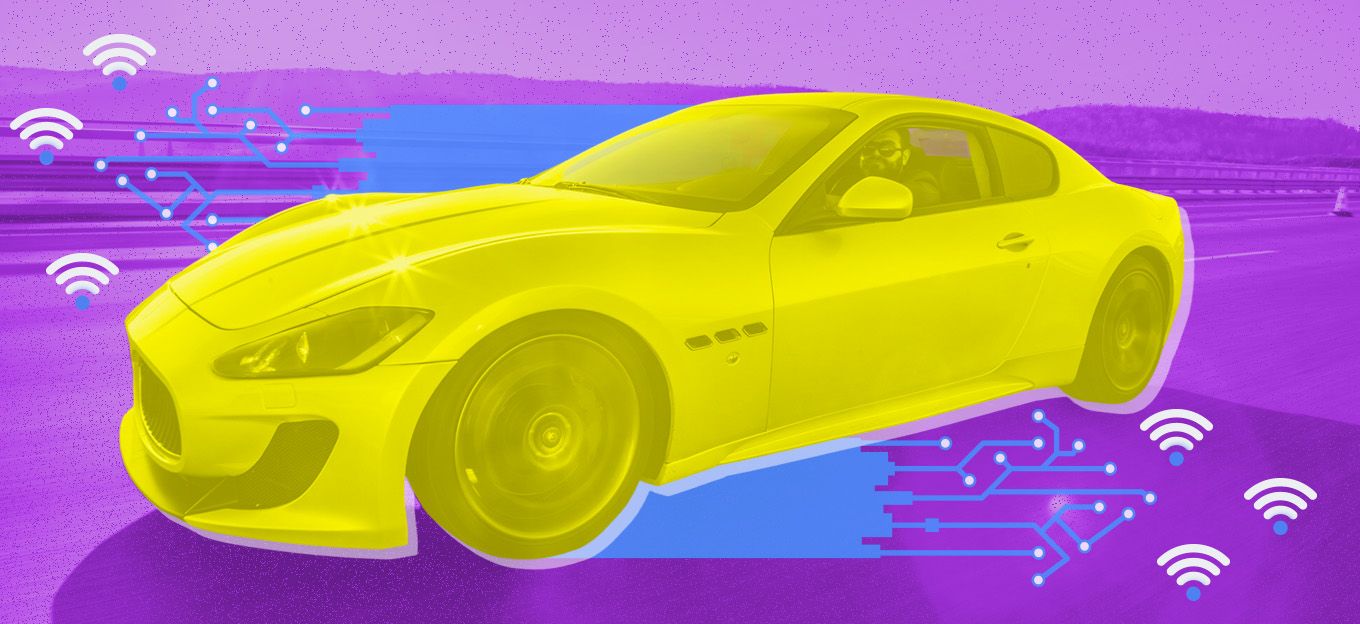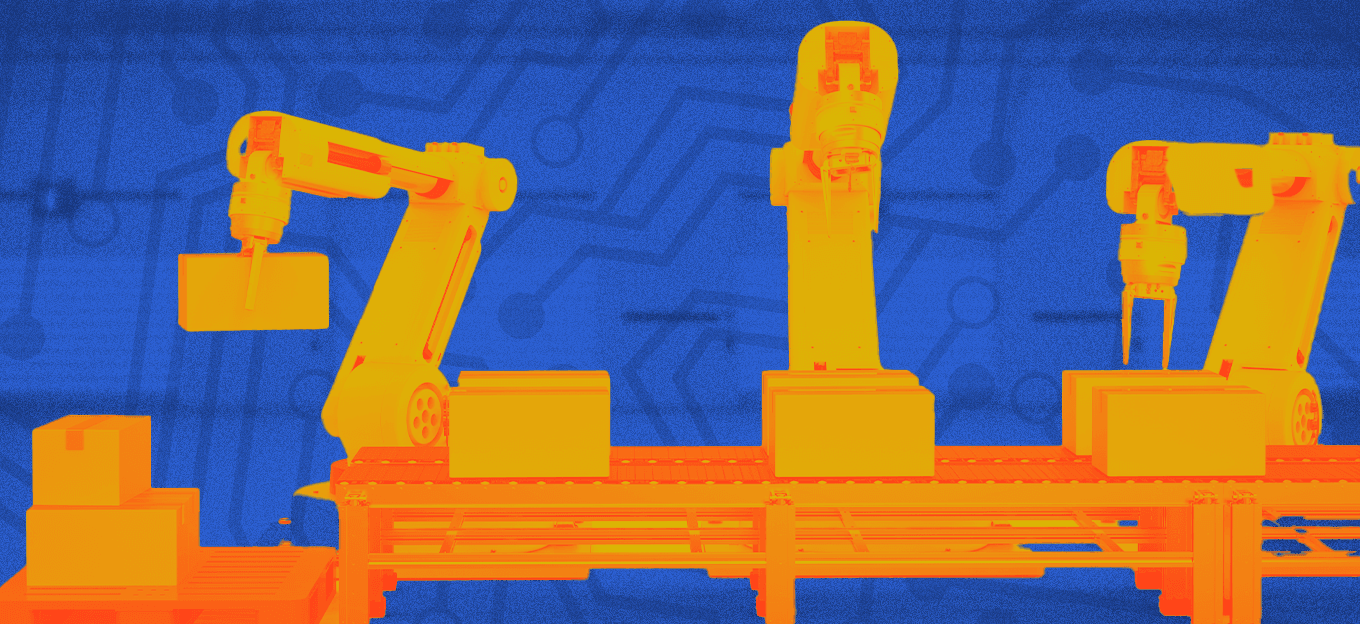5 Exciting Machine Learning Applications in Business
5 Exciting Machine Learning Applications in Business
- Last Updated: December 2, 2024
CloudFactory
- Last Updated: December 2, 2024



The release of two machine learning (ML) model builders have made it easier for software engineers to create and run ML models, even without specialized training.
Microsoft and Amazon Web Services’ (AWS) Gluon is an open source project that eliminates some of the difficult work required to develop artificial intelligence (AI) systems. It provides training algorithms and neural network models, two important components of a deep learning system, that developers can use to develop their own ML systems.
Google’s ML engine is part of its cloud platform and is offered as a managed service for developers to build ML models that work on any type of data, of any size. Similar to Gluon, Google’s service provides pre-trained models for developers to generate their own tailored ML models.
Now’s a great time to take a closer look at ML and see how you might be able to apply it in your business. The combination of big data and machine learning can unlock the value of data you already have by revealing patterns that you can use to create and improve offerings or gain an advantage over the competition.
Here are a 5 ways businesses are applying ML to innovate products and services.
1. Autonomous Vehicles
Self-driving vehicles could lead to a safer, cleaner, more efficient future for transportation. Software developers use ML and deep learning (DL) algorithms to power computer vision that allows the vehicle to make decisions in ways that are similar to human decision making.Drive.ai is using DL to build the “brain” of self-driving vehicles. Its team uses a managed workforce to transform unstructured data from raw images into structured data using bounding boxes to annotate objects such as road signs, traffic lights, and pedestrians.
These enriched images are then used to “teach” the autonomous systems how to recognize the object and how to decide on the appropriate response while underway on the road.
[bctt tweet="The combination of big data and machine learning can unlock the value of data you already have to gain a competitive edge for your business." username="iotforall"]
2. Writing Instruction
Teaching people how to write can be difficult to scale. Even for experienced high school teachers and college professors, it can be a challenge to review written work and provide meaningful feedback to every student in each of their classes.Ecree uses ML to power features in its automated writing assessment software. When a student submits an essay, an algorithm recognizes if the student has included a thesis statement, or statement of purpose, then evaluates how good the statement is.
The software uses 36 metrics to score student work and can provide feedback to students in less than a minute. Students can submit as many drafts as they like and get coached on their writing in real time to learn the elements of good writing: organization, clarity, supporting evidence, and analysis. The tool also ensures every student is assessed equally, using the same criterion.
3. IoT and IIoT Predictive Maintenance
Equipment maintenance is one of the many costly challenges facing companies that deploy fleets of machinery into the field. The Internet of Things (IoT) and Industrial Internet of Things (IIoT) use built-in sensors on everyday objects, from fuel gauges to tires, to gather data and share it across a network. The system uses ML to analyze data such as temperature and humidity to predict performance and future outcomes.Caterpillar, a company that manufactures marine power systems, uses IoT and machine learning to uncover patterns in equipment and device data. In one example, Caterpillar identified that fuel meter readings were correlated with the amount of power used by on-board refrigerated containers. They use that data to optimize operating parameters by modifying generator output. The resulting savings was $30 per hour, or $650,000 over a year, for 50 ships.
4. Inbound Logistics Planning
Logistics planning ensures the right person receives the right number of supplies at the right place at the right time. Inbound logistics focuses on the management of suppliers and the goods they send into a business. It’s a complex process of managing orders, shipping, warehousing, inventory control, and utilization. By gathering and feeding data on existing planning into an ML model, businesses can predict and recommend future processes.Consumer retailer Walmart uses ML to optimize business efficiency. Its Retail Link 2.0 system uses information that flows throughout the supply chain to identify deviations from its process so it can make adjustments in real time.
Automotive manufacturer Honda uses machine learning to detect quality issues beyond the assembly line by identifying patterns in the free-text fields of warranty return notes and in reports from mechanics.
[caption id="attachment_6315" align="alignnone" width="862"]

5. Retail Commerce
Companies that sell products in a store or online have been collecting big data for some time now. They gather demographic data on consumers, their spending habits, and preferences. The challenge has been to aggregate online and offline data and to recognize patterns in the data that could positively influence pricing, inventory, customer experience, and profitability.Machine learning makes it possible for retailers to discover patterns in the data that they can act on to influence the customer’s experience with their brand. Ecommerce retailers can collect data as shoppers browse and purchase items on their websites, then use that information and market trends to offer personalized product recommendations that can increase sales.
Retail giant Amazon was among the first to implement personalized product recommendations based on shoppers’ browsing and purchasing histories. ML powers aspects of that recommendation engine, as well as the natural language processing used by Amazon’s Alexa, its digital voice assistant.
Luxury clothing retailer Rebecca Minkoff uses Alexa to quickly surface details from their data. At ShopTalk 2017, co-founder Uri Minkoff asked Alexa for the most purchased item from the brand’s spring collection and got the correct response within one second.

However you decide to pursue the use of ML and DL for your business, your data is the gold to be mined. Take a look at your unstructured and structured data, which ML models can consume to transform many of your basic processes into intelligent systems for innovation and a competitive edge.
Written by Nanette George, Senior Marketing Manager at CloudFactory.
The Most Comprehensive IoT Newsletter for Enterprises
Showcasing the highest-quality content, resources, news, and insights from the world of the Internet of Things. Subscribe to remain informed and up-to-date.
New Podcast Episode

How Drones and Telecom Enable Aerial IoT
Related Articles





